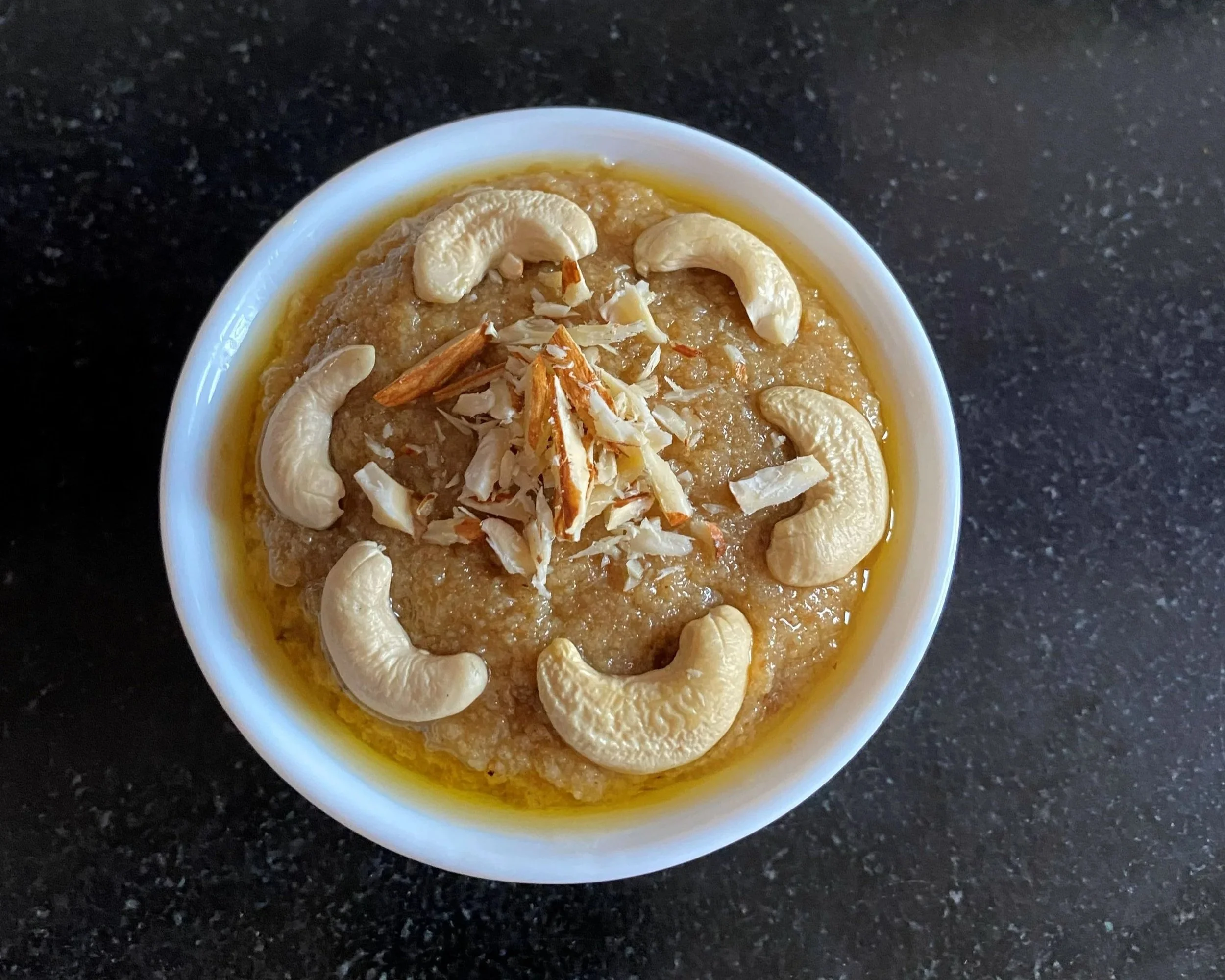Skipping Rice & Dal for Vari & Danyachi Amti

Yashodhara Sirur battles childhood prejudice to try the classic Maharashtrian fasting dish, peanut amti and vari made with barnyard millet , in lieu of the comfort or rice and dal.
There are some foods you absolutely refuse to taste, as a child. It isn’t logical – sometimes it’s the name that puts you off; or the idea of a particular combination of ingredients. For me, it was Vari and Danyachi Amti.
The word ‘vari’ always rubbed me the wrong way. And I had no fondness for amti, a spicy dal cooked with Maharashtrian goda masala, a blend of roasted coconut, sesame seeds and spices. And as a result I hadn’t tasted this incredible dish until very recently.
But when my aunt who was visiting wanted to observe her weekly fast, my mum decided to cook vari and danyachi amti for her. Typically, in Mahatashtrian Hindu cuisine, foods that are ‘cultivated and harvested’ are called Anna. These are off limits during a fast. But on the other hand, Phalahaar, a diet of fruit, wild grains, tubers (ie, foods that are not cultivated) are allowed on a fasting diet . And so, barnyard millet or vari, considered a wild grain, is eaten in lieu of rice, and is accompanied by danyachi amti (peanut curry) instead of dal.
Chunky Vs Creamy
Danyachi amti is easy enough to make. In an almost alchemical change, peanuts ground with small quantities of water transform into a nutty cream. In some households, it is ground further, into a fine paste. At my mother’s, we like a bit of bite in our amti, and choose a coarser grind for a chunky finish.
A fragrant tempering of ghee, cumin seeds, green chili and curry leaves finishes the amti. Not only does ghee add its own umami, but it is chosen specifically because it is a fat that is kosher within the fasting food repertoire. Similarly, coriander, which is not eaten during a fast, is not typically included.
Despite its simplicity, peanut amti is decadently rich and creamy, with a welcome hit of spice. And while I confess, I prefer regular old rice to vari, the nutrient profile and low glycemic index of barnyard millet makes a compelling case. That auspicious Tuesday, not only did my Aunt enjoy a delicious meal, but I shed a bit of my childhood prejudice and learnt to let flavour lead the way.
RECIPE FOR DANYACHI AMTI
Ingredients
1 cup barnyard millet (vari/bhagar/sama ke chawal)
1 cup roasted peanuts, skin removed
2 tsp ghee
1 tsp cumin seeds
A sprig of curry leaves
3 green chilli
1/4 tsp lokum syrup or a small piece of amsol
Method
Wash, rinse and cook barnyard millet with 2 cups water in a pressure cooker, or in a pan, in a similar manner as rice. Set aside to cool.
Grind roasted peanuts with 1-2 green chillies, adding water to make a paste.
Add water to the peanut paste to bring to a dal-like consistency.
Add the kokum syrup or Amsol and bring to a boil.
In a small pan, prepare the tempering by heating ghee. Add in green chilies, curry leaves and cumin seeds. Once the cumin crackles, add the tempering to the peanut amti and bring to a boil.
Serve the vari with danyachi amti and accompaniments like curd, sweet lemon pickles or a potato stir fry.
Yashodhara Sirur is a part-time writer focussed on the unique foods of Maharashtra.
RECIPES TO TRY THIS WEEK








